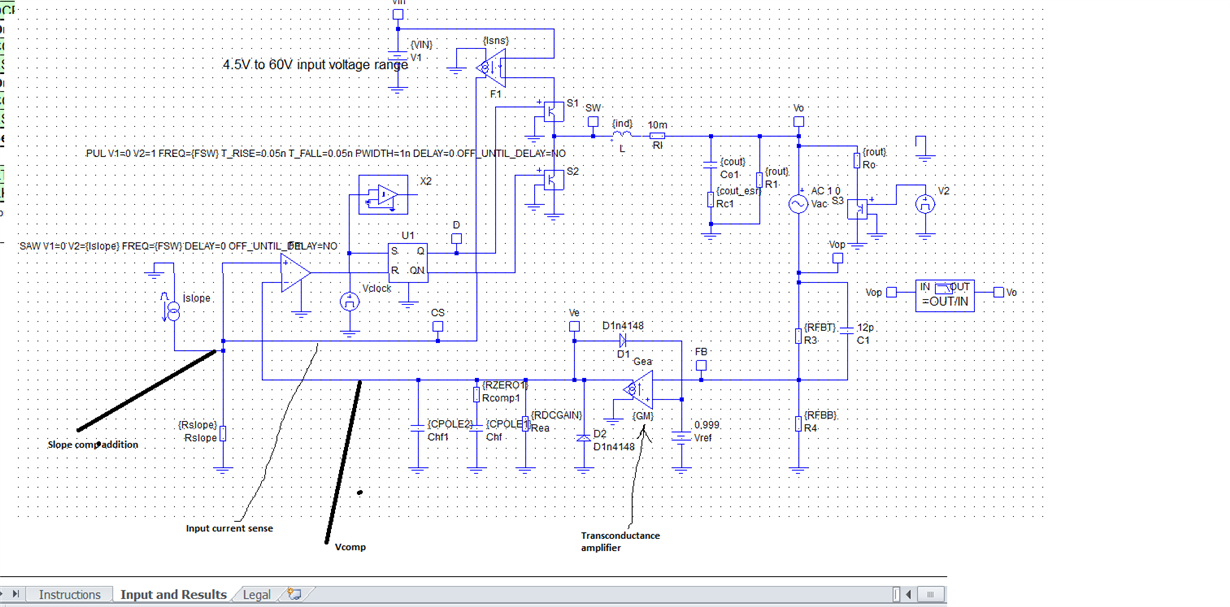Hello,
I am trying to use the LM5088 in a project of mine. And this led to me read a bit more about current mode control in SMPS. Thus, my question pertains to current mode SMPS in general. I was reading this application note from TI for more information on Current Mode control
https://www.ti.com/seclit/ml/slup340/slup340.pdf
I have a few questions in this regard
1. Figure 16 shows the schematic of the current mode Buck. As per the schematic, you are using the inductor current to generate the PWM ramp. However, it seems you are using the load current in this ramp generaton as well. This means that the ramp generation is load current dependent. This means that the duty cycle will have a large load current dependency. This does not look correct. Can you please clarify if this is indeed so?
2. Secondly, in the same Figure 16, you show an external ramp in order to prevent subharmonic oscillations. Is this external ramp related to the inductor current ramp in anyway or is it completely independent? If it is completely independent, then surely it is interfering with the natural feedback mechanism of the loop and reducing the effectiveness of sampling the inductor current. Can you please clarify if this external ramp actually reduces the stability of the loop?
3. Finally, you talk about poles and zeros transfer functions in equations 22-26. Can you please clarify if these poles and zeros are closed loop poles and zeros or whether they are open loop poles and zeros?
Thanking You
Sanjay


